Louis Bassi Siegriest
Louis Bassi Siegriest (Oakland, CA. 1899 – 1989)
Please scroll down for larger images and information.
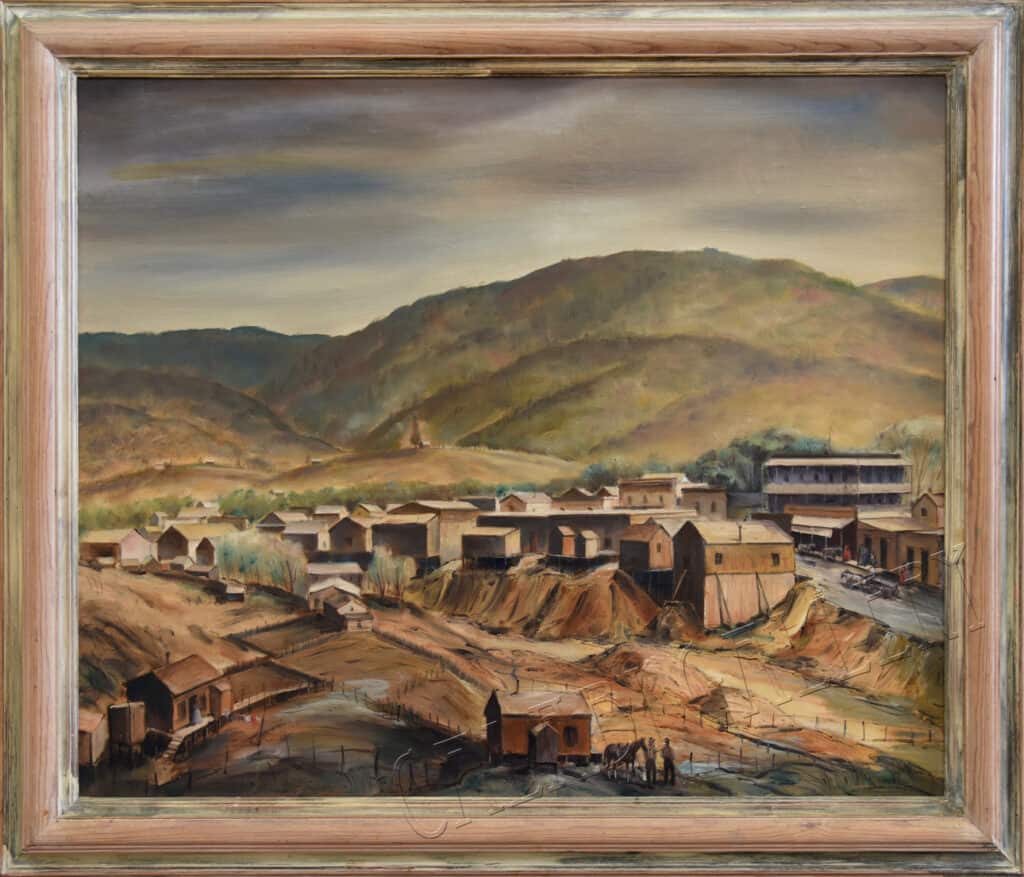 Virginia City, Nevada by Louis Bassi Siegriest, circa 1946, Oil on Canvas, 30 x 36 – SOLD
Virginia City, Nevada by Louis Bassi Siegriest, circa 1946, Oil on Canvas, 30 x 36 – SOLD
 Moapa Summit by Louis Bassi Siegriest, 1961, Mixed Media on Panel, 36 x 48
Moapa Summit by Louis Bassi Siegriest, 1961, Mixed Media on Panel, 36 x 48
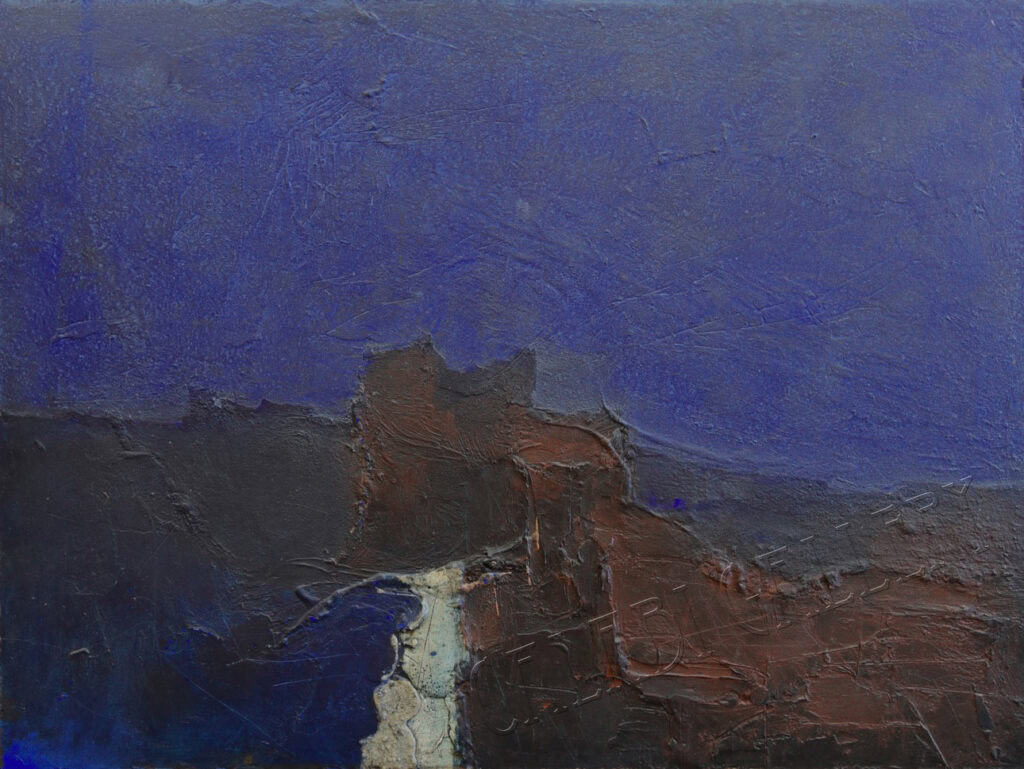 Crown Point by Louis Bassi Siegriest, Mixed Media on Panel, 36 x 48 – SOLD
Crown Point by Louis Bassi Siegriest, Mixed Media on Panel, 36 x 48 – SOLD
Miner Going to Church by Louis Bassi Siegriest, 1952, Mixed Media on Panel, 29 x 24-1/2 *Censored by the M.H. de Young Memorial Museum in 1952 – scroll to bottom of page for excerpt from oral history interview with Louis Siegriest, 1978*
Desert Moon by Louis Bassi Siegriest, Circa 1960, Mixed Media on Panel, 13 x 9-3/4
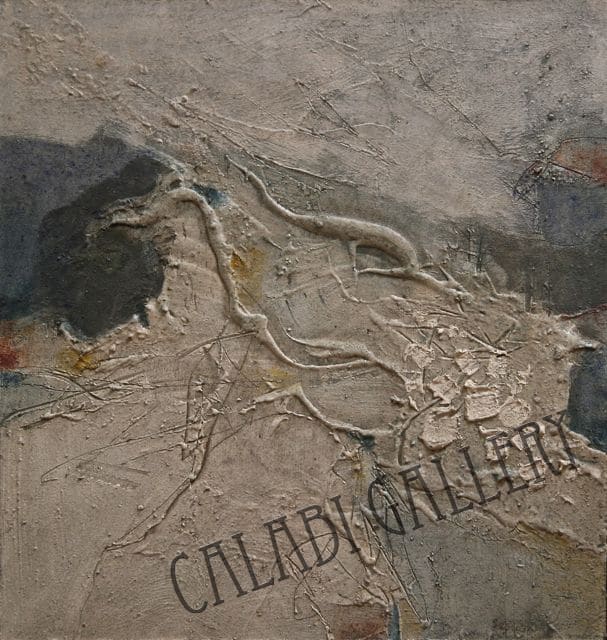 Reynosa by Louis Bassi Siegriest, 1967, Mixed Media on Panel, 27-1/2 x 26
Reynosa by Louis Bassi Siegriest, 1967, Mixed Media on Panel, 27-1/2 x 26
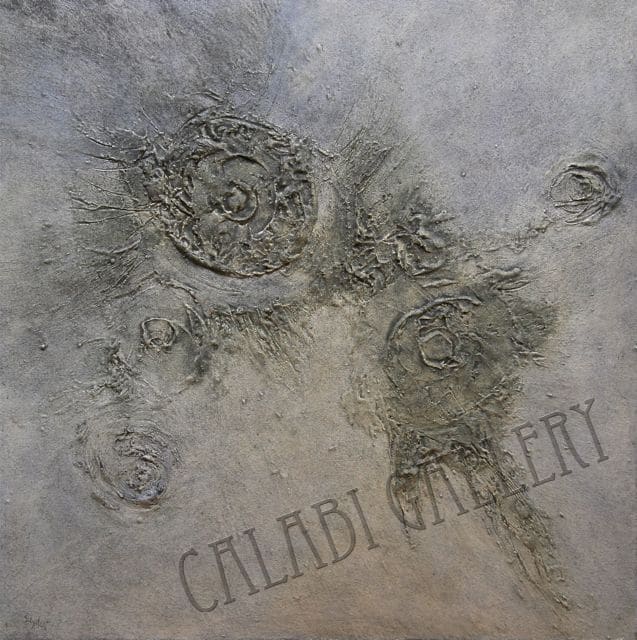 Lunar Objects by Louis Bassi Siegriest, 1965, Mixed Media on Panel, 48 x 48
Lunar Objects by Louis Bassi Siegriest, 1965, Mixed Media on Panel, 48 x 48
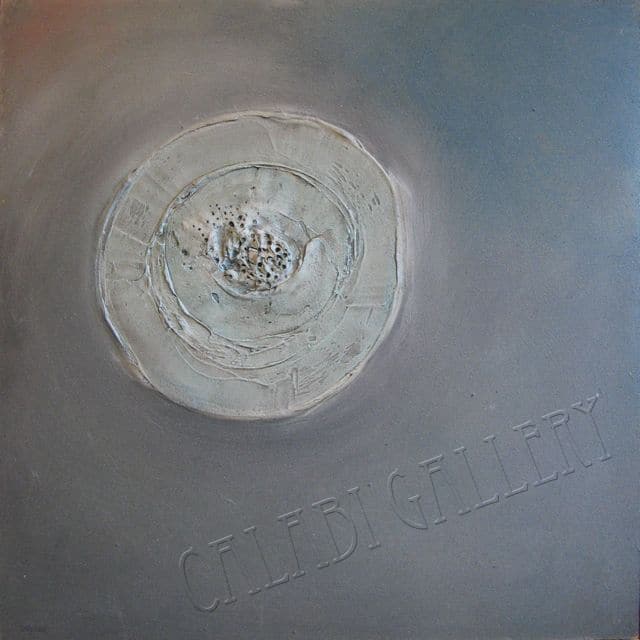 Luna #60 by Louis Bassi Siegriest, 1966, Mixed Media on Panel, 48 x 48
Luna #60 by Louis Bassi Siegriest, 1966, Mixed Media on Panel, 48 x 48
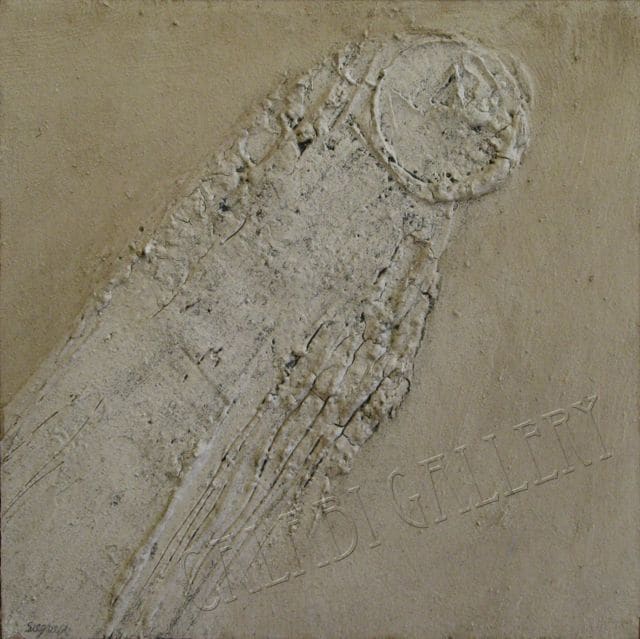 Planet in Space #8 by Louis Bassi Siegriest, 1966, Mixed Media on Panel, 24 x 24
Planet in Space #8 by Louis Bassi Siegriest, 1966, Mixed Media on Panel, 24 x 24
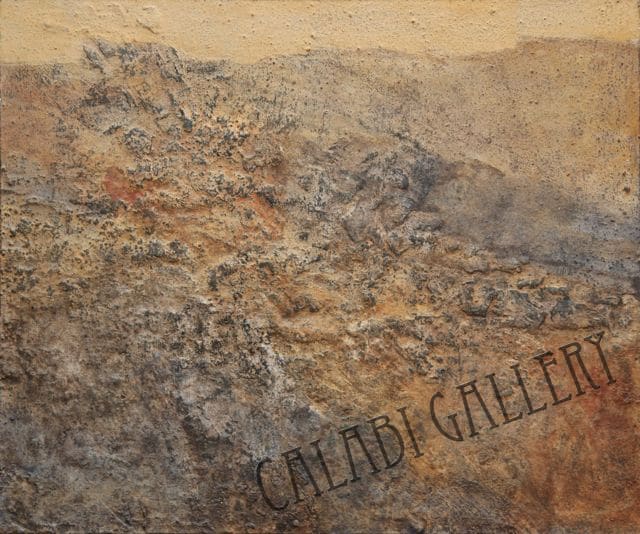 Utah Landscape by Louis Bassi Siegriest, 1972, Oil & Sand on Panel, 25-1/2 x 30-1/2
Utah Landscape by Louis Bassi Siegriest, 1972, Oil & Sand on Panel, 25-1/2 x 30-1/2
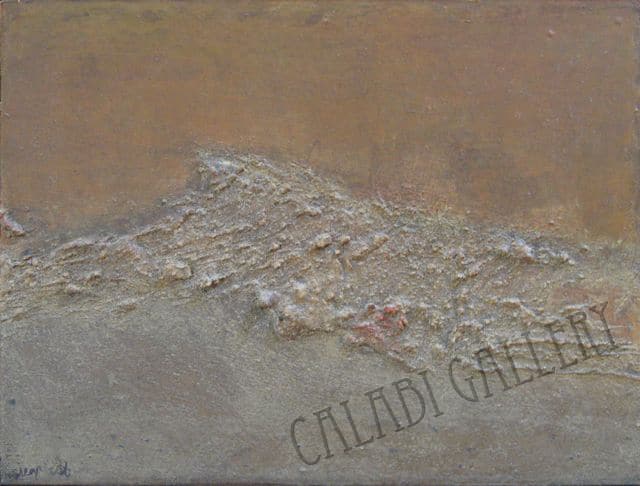 Desert Landscape by Louis Bassi Siegriest, 1972, Mixed Media on Panel
Desert Landscape by Louis Bassi Siegriest, 1972, Mixed Media on Panel
Taos, New Mexico by Louis Bassi Siegriest, 1939, Mixed Media on Paper, 6-1/2 x 4-1/2
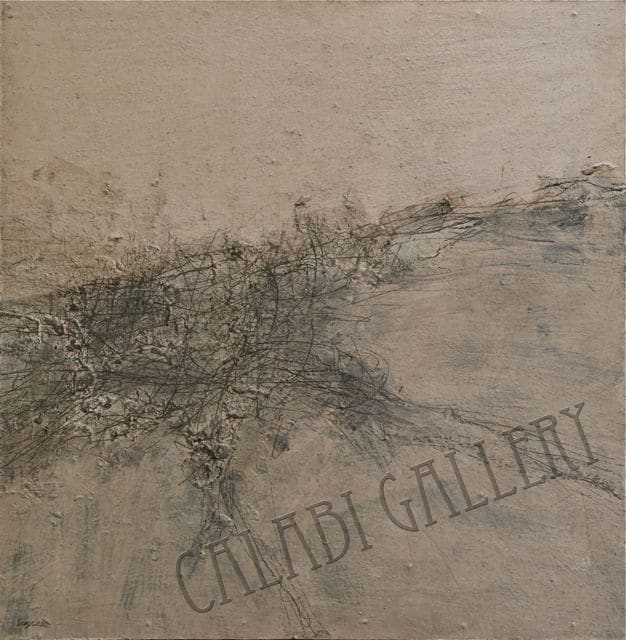 Desert Solitude by Louis Bassi Siegriest, Circa 1971, Mixed Media on Panel, 33-1/2 x 32-5/8 – SOLD
Desert Solitude by Louis Bassi Siegriest, Circa 1971, Mixed Media on Panel, 33-1/2 x 32-5/8 – SOLD
 Spanish Hill Town by Louis Bassi Siegriest, 1970, Mixed Media on Panel, 23-1/4 x 22 – SOLD
Spanish Hill Town by Louis Bassi Siegriest, 1970, Mixed Media on Panel, 23-1/4 x 22 – SOLD
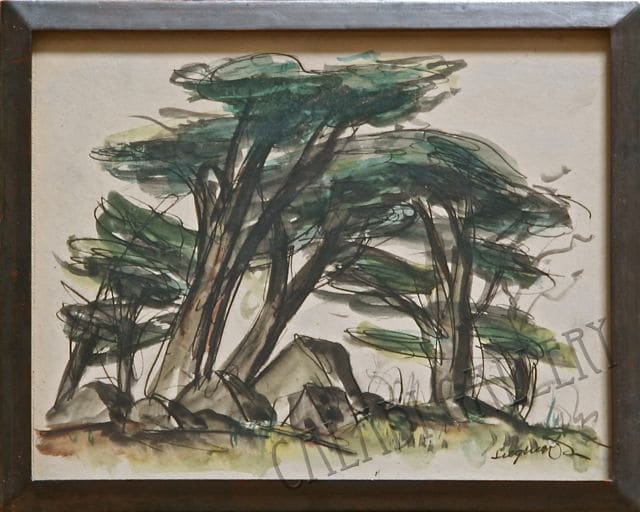 Monterey Cypress, Monterey, CA by Louis Bassi Siegriest, 1946, Watercolor & Ink on Paper Board, 8-1/2 x 11 – SOLD
Monterey Cypress, Monterey, CA by Louis Bassi Siegriest, 1946, Watercolor & Ink on Paper Board, 8-1/2 x 11 – SOLD
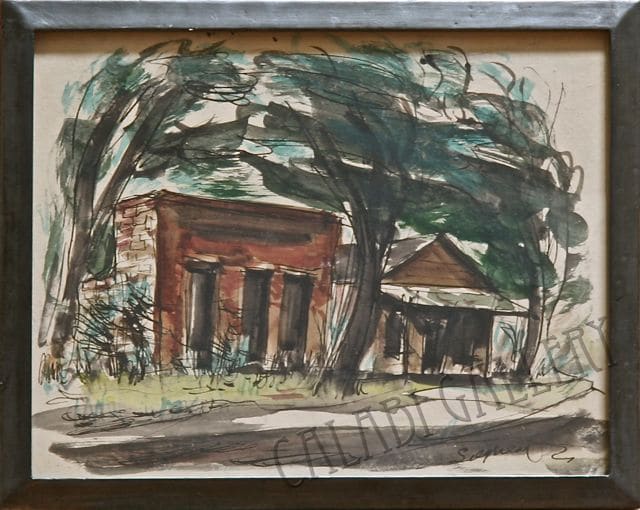 Mother Lode Buildings, Volcano, Amador Co, CA by Louis Bassi Siegriest, 1946, Watercolor & Ink on Paper Board, 8-1/2 x 11 – SOLD
Mother Lode Buildings, Volcano, Amador Co, CA by Louis Bassi Siegriest, 1946, Watercolor & Ink on Paper Board, 8-1/2 x 11 – SOLD
New Mexico Buttes by Louis Bassi Siegriest, 1931, Watercolor & Ink on Paper, 9 x 7 – SOLD
Owl by Louis B. Siegriest, Ink Drawing, 11 x 8 – SOLD
MINER GOING TO CHURCH – Excerpt from oral history interview with Louis Siegriest, June 21, 1978, conducted by Terry St. John and Paul Karlstrom, Archives of American Art, Smithsonian Institution:
- TS: … But then, all of a sudden, in 1952, you did that outrageous painting called The Miner Going to Church. It caused a furor in San Francisco. Do you want to talk about it? It has a much more abstracted figure and building in a surrealistic, almost stage-like setting. Do you want to talk about that painting, and that exhibit you and Lundy had at the de Young Museum?
- LS: Well, I had to take a studio at the time. I’d make drawings at night time of that type of figure. I thought, why not do a series of that type of figure, using the people of Virginia City. People like the tourists who came up and the crazy politicians that lived there. So I did this series like The Miner Going to Church and the M.H. de Young Museum offered to give Lundy and me an exhibit there. It happened that The Miner Going to Church didn’t have a title on it. The head of the department over there, Ninfa Valvo, said to me, “What do you call that painting? I’m going to put that on the catalogue.” I looked at her and I said, “Oh Jesus, I Forgot to put a title on that.” I said, “Miner Going to Church, see, the church in the background.” And she put it on. A couple of days before the exhibit was to go through some woman who was on the Board said I was communistic, sacrilegious, everything. So Dr. Howe pulled the painting out of the show. I wanted to talk to Dr. Howe. I wanted to find out why he took that painting out of there, but he wouldn’t talk to me. And I said, “To hell with him, I’ll take the goddamn show out of there.” So I pulled it out.
- TS: You pulled the whole show out?
- LS: The whole show. I had two days to go.
- TS: Ninfa Valvo, of course, she—
- LS: Oh God, she was for me. But Dr. Howe, he acted awfully funny. He was scared.
- TS: Wasn’t that at a time when there was a lot of fear of communism?
- LS: But I made it up to Dr. Howe later. I belonged to the Bohemian Club and Dr. Howe was a member. One night he came up to me, held out his hand, and said we should have a drink together. So we went in the bar and had a drink together.
- TS: One thing that strikes me about your work, Lou, is that starting from about 1953 on your approach and everything seems as if you got into something that’s uniquely your own, in color, in subjects, and everything. Like the Autumn in the Comstock, 1953.


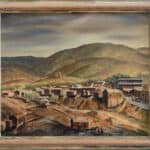
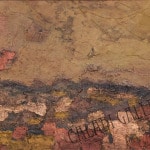
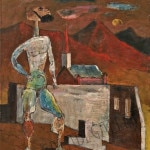
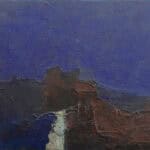
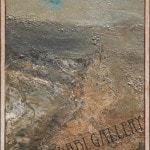
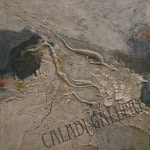
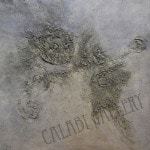
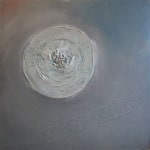
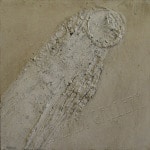
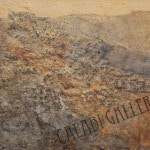
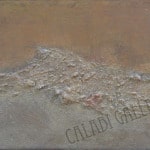
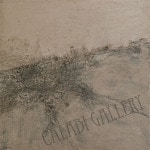
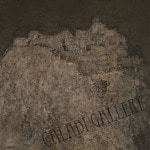
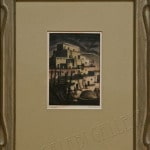
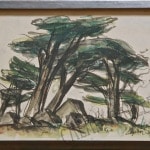
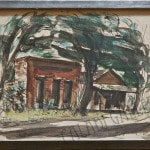
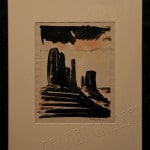
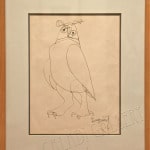
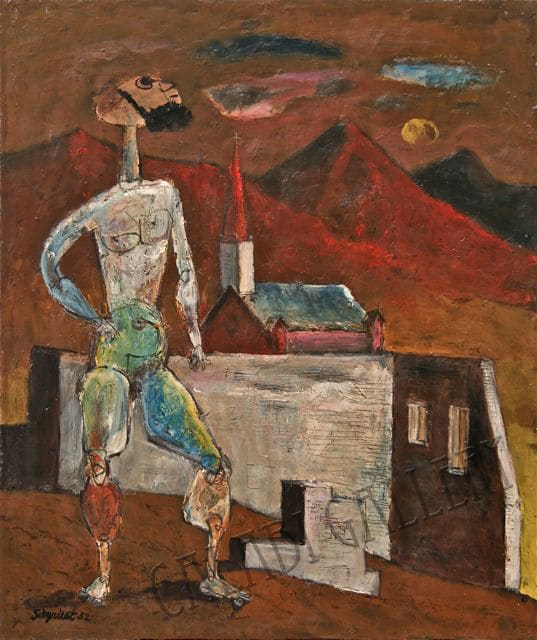
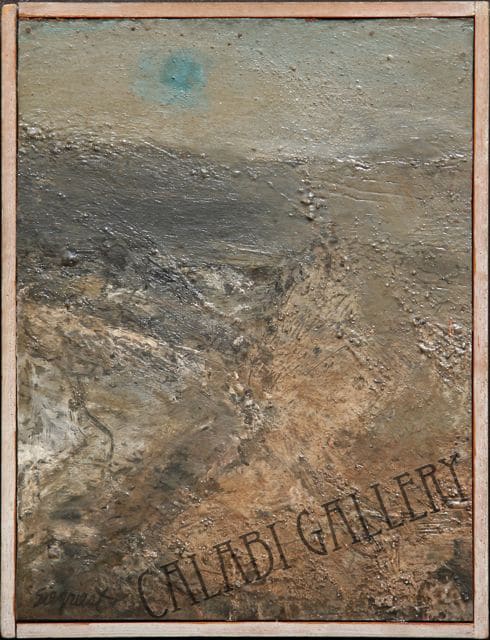
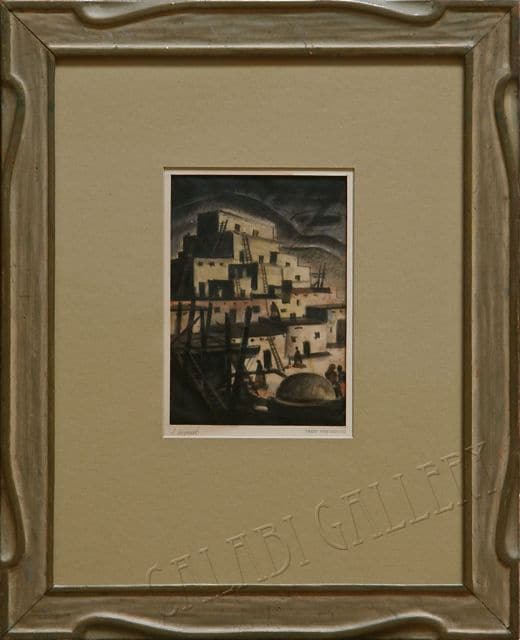
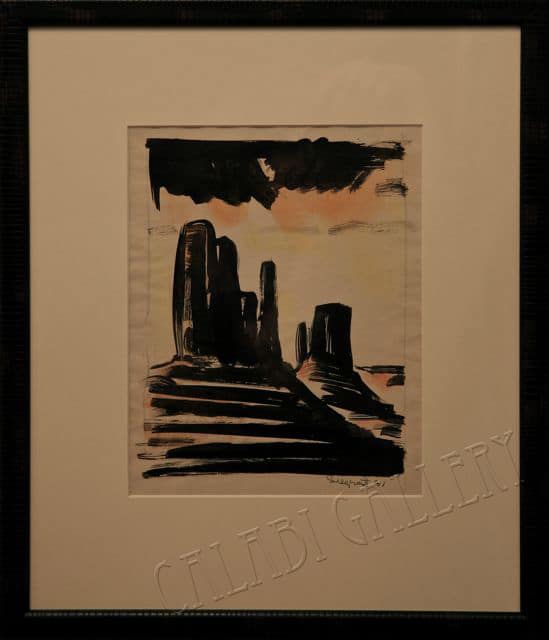
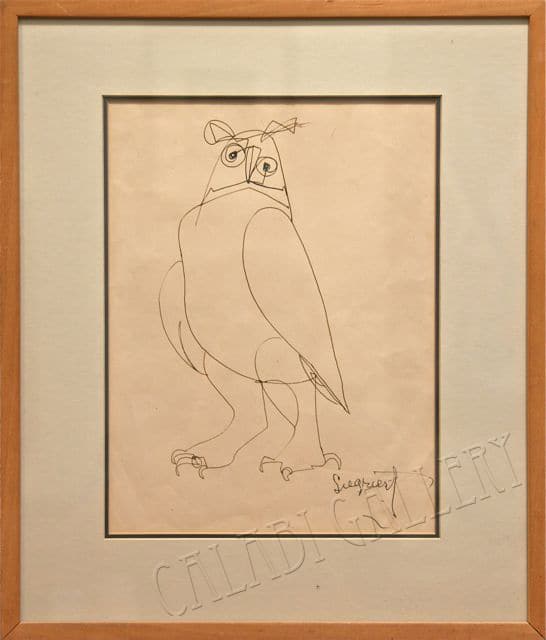
 And many more
And many more